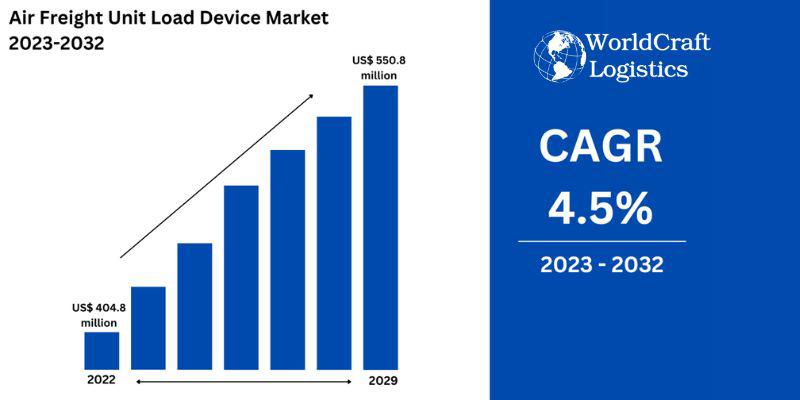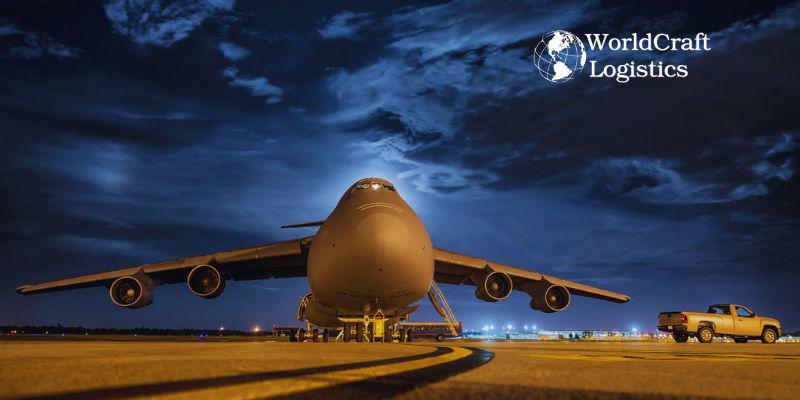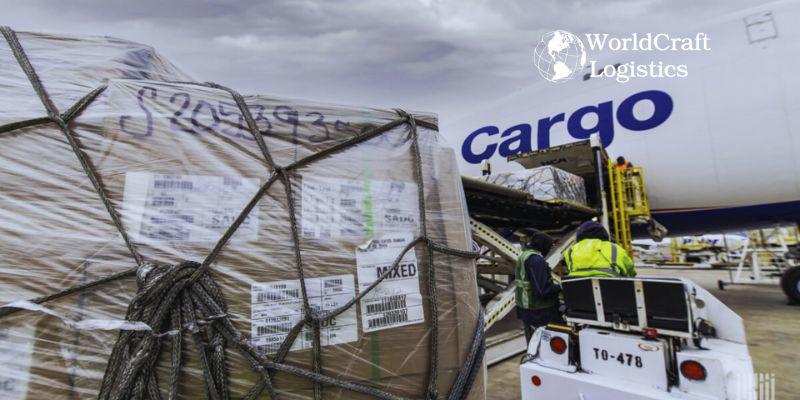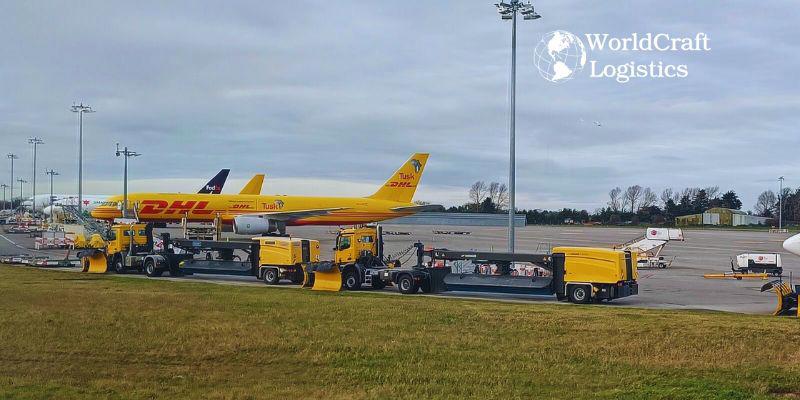
Starting June 1st, 2023 Our warehouse fee will be $0.65/cubic foot per month
In effort to lower the warehouse storage fee during inflation, we have went narrow aisle racking.This construction took us four months but the project is finally completed. With narrow aisle racking, we are able to drop storage by 24%.We as partners will go through this inflation together.
03/26/2024
The air freight market witnessed a surge, hitting close to $97.92 million metric tons in 2023. Projections foresee a robust expansion, with an anticipated compound annual growth rate (CAGR) of 12% spanning from 2024 to 2032. Such exponential growth underscores the indispensable function of air freight within our increasingly interconnected global landscape. This blog post delves into an exhaustive analysis covering dimensions such as size, market share, emerging trends, outlook, forecasts, major stakeholders, delineated segments, as well as the array of challenges and opportunities inherent within the global air freight sector.

The air cargo sector has seen remarkable expansion in recent years, with the market hitting a substantial volume of $97.92 million metric tons in 2023. This surge owes itself to a variety of factors such as globalization, the booming e-commerce landscape, and the demand for swift and effective logistical services.
The market's presence within the broader logistics sector continues to grow consistently. Air freight presently holds a substantial slice of the worldwide logistics market, offering rapid and dependable movement of goods across international borders.

The advent of e-commerce has revolutionized consumer behavior, sparking a significant uptick in the demand for air freight services. Both retail giants and smaller online enterprises heavily rely on air transport to swiftly deliver goods to customers worldwide.
With a growing necessity for prompt and temperature-regulated transportation, the pharmaceutical sector increasingly leans on air freight. This reliance intensified notably during the COVID-19 outbreak, highlighting the critical role of air transport in distributing essential medicines and vaccines.

In a bid to mitigate its environmental impact, the air freight sector is implementing sustainability measures. Major stakeholders are investing in more eco-friendly aircraft, exploring alternative fuel sources, and adopting greener practices to align with global sustainability objectives.
The integration of advanced tracking and monitoring technologies is revolutionizing the efficiency and security of air freight operations. Utilizing blockchain and Internet of Things (IoT) solutions, stakeholders are enhancing transparency and traceability within the supply chain.
The global air freight market is poised for a bright future, forecasted to achieve a Compound Annual Growth Rate (CAGR) of 12% from 2024 to 2032. This growth trajectory is underpinned by various key drivers:
Ongoing Globalization: The expansion of businesses on a global scale necessitates efficient international logistics solutions, prominently featuring air freight.
Escalating E-commerce: The upward trajectory of online shopping persists, fueled by consumer demands for swift deliveries. Consequently, air freight retains its indispensable role within e-commerce logistics.
Rise of Emerging Markets: Emerging economies are increasingly integrating into the global supply chain, presenting opportunities for air freight providers to cater to these burgeoning markets.
Emphasis on Supply Chain Resilience: The COVID-19 pandemic underscored the criticality of resilient supply chains, prompting businesses to fortify and diversify their logistics strategies, including a heightened reliance on air freight.

In the global air freight market, several key players wield significant influence:
FedEx: With its expansive global network, FedEx commands a prominent position in the industry, providing express shipping and comprehensive logistics solutions.
DHL: Renowned for its international express delivery services and extensive air cargo network, DHL stands as a formidable force in the market.
UPS: Offering a range of air freight services encompassing cargo transportation and supply chain solutions, UPS solidifies its presence as a major player in the industry.
Cargolux: As one of the largest all-cargo airlines, Cargolux specializes in catering to diverse industries with its airfreight services.
Emirates SkyCargo: Holding a substantial share of the air freight market, Emirates SkyCargo delivers cargo services across the globe.
Singapore Airlines Cargo: Recognized for its reliability and premium offerings, Singapore Airlines Cargo occupies a pivotal role in shaping the industry landscape.

The air cargo industry divides its market using several criteria:
Cargo Type: This includes general cargo, perishables, pharmaceuticals, and dangerous goods, each with unique handling requirements.
Service Type: Segmentation is based on the type of services provided, such as express, standard, or charter services.
End-User Industry: Market division is done according to the industries served, such as automotive, healthcare, aerospace, and others.
Region: The market is segmented by geographical regions, recognizing that different regions have varying needs and demands.
In the realm of global air freight, growth prospects are promising, yet hurdles loom:
Environmental Concerns: Mounting pressure to slash carbon emissions and embrace sustainability spells both challenge and potential for eco-friendly innovations.
Capacity Constraints: Potential bottlenecks, stemming from airport infrastructure and aircraft availability, may impede industry expansion.
Rising Costs: The relatively steep expenses associated with air freight might restrict access for certain sectors and enterprises.
Global Economic Factors: Swings in the economy and trade tensions have the potential to sway demand for air freight services.
Despite these obstacles, opportunities are rife, particularly in burgeoning markets and innovative solutions geared towards swifter, more efficient, and eco-conscious air freight.
SEO
Digital Marketing/SEO Specialist
Simon Mang is an SEO and Digital Marketing expert at Wordcraft Logistics. With many years of experience in the field of digital marketing, he has shaped and built strategies to effectively promote Wordcraft Logistics' online presence. With a deep understanding of the logistics industry, I have shared more than 500 specialized articles on many different topics.

Hot News
08/05/2024

Hot News
02/23/2023

Hot News
02/23/2023

Hot News
02/06/2023
Hot News
02/07/2023